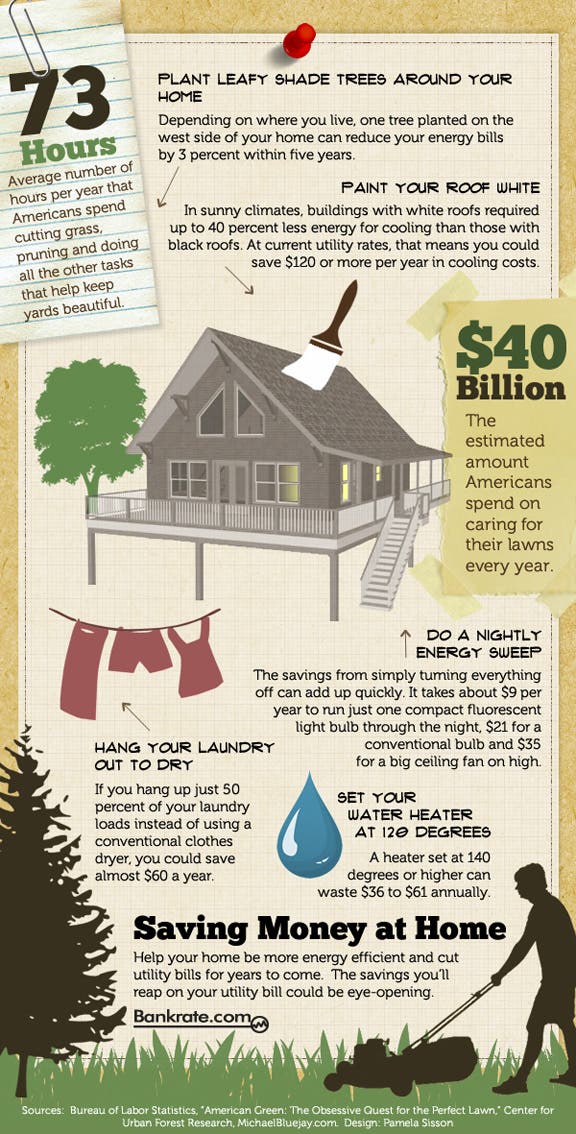Seasonal Tree Administration: Approaches For Caring For Trees Before And After Their Elimination
Seasonal Tree Administration: Approaches For Caring For Trees Before And After Their Elimination
Blog Article
Content Created By-
When it comes to seasonal tree care, guaranteeing correct management prior to and after elimination can significantly influence the health and visual appeals of your landscape. By recognizing the required actions associated with evaluating tree health and wellness and getting ready for removal, you can proactively protect your building. Yet what about the crucial practices to follow when the tree is gone? Remain tuned to uncover the crucial post-removal care measures that will aid you cultivate a thriving and sustainable atmosphere for your trees.
Pre-Removal Tree Treatment
Prior to attending to the removal of a tree, it's crucial to prioritize pre-removal tree care. Begin by examining the tree's wellness and architectural stability. Try to find indicators of illness, bug invasions, or any structural concerns that may present a safety and security hazard during removal. It's important to consult with a certified arborist to figure out the very best course of action.
Trimming dead or unhealthy branches can stop further damage to the tree and ensure a smoother removal procedure.
Furthermore, think about the ecological impact of getting rid of the tree. Trees play a crucial role in our community, so planting a brand-new tree in an appropriate place can aid counter any kind of loss. Guarantee that you have the essential permits and permissions for tree elimination, particularly if the tree is shielded by regional regulations.
Seasonal Upkeep Tips
Evaluating your tree's needs throughout the year is imperative for its health and long life. To keep your trees in leading problem, comply with these seasonal upkeep tips.
In spring, concentrate on pruning to eliminate dead or broken branches and motivate brand-new growth.
Summer season requires normal watering, especially during dry spells, to ensure your tree stays hydrated.
As loss approaches, watch out for very early indicators of illness or anxiety, and think about applying compost to protect the roots during wintertime.
In winter, beware when removing snow from branches to prevent damage, and continue to monitor your tree's general health and wellness.
Remember to readjust your treatment regular based upon the specific needs of your tree types and local environment. By staying mindful and positive throughout the seasons, you can aid your trees thrive and prosper for several years to come.
Post-Removal Tree Care
To make certain the wellness of your landscape also after tree elimination, proper post-removal care is necessary. After a tree is gotten rid of, it's essential to fill the staying hole with topsoil and portable it to prevent settling. please click the following post will aid maintain the honesty of the ground and stop possible threats in the future.
Think about growing brand-new plants instead of the gotten rid of tree to restore the balance and looks of your landscape. On a regular basis water the location to advertise the development of new plants and prevent dirt disintegration.
Examine just click the up coming article bordering trees for any kind of indications of illness or tension that might have been brought on by the gotten rid of tree. Keep an eye out for parasites that may've been drawn in to the previous tree and take safety nets to protect the continuing to be plant life.
If required, seek advice from a professional arborist to evaluate the effect of the removal on the surrounding trees and determine any type of extra care required. By following these post-removal treatment actions, you can make sure the ongoing wellness and appeal of your landscape.
Final thought
In conclusion, positive seasonal tree treatment is essential for keeping the wellness and equilibrium of your landscape. By examining tree wellness, trimming, and seeking advice from an arborist prior to elimination, you can make sure a secure procedure. After removal, filling up the hole, planting new plants, and routine watering will promote brand-new development and protect against disintegration. Remember to inspect bordering trees for disease and look for further care actions from an arborist to keep your landscape flourishing.
